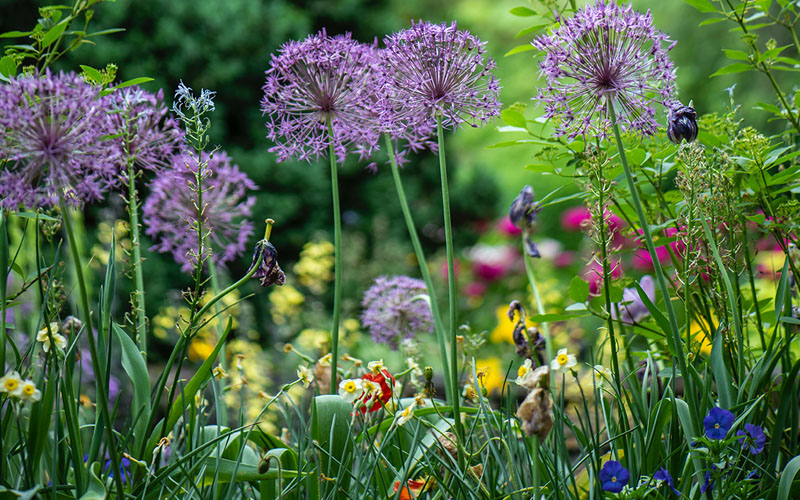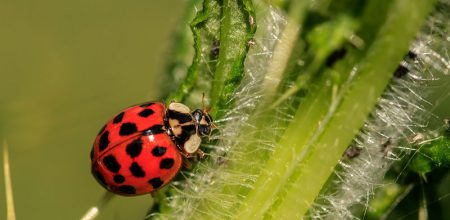
Keeping your vegetable garden watered is just half the battle when it comes to ensuring the survival and thriving of your plants. Too much of a good thing can be damaging, and that includes hydration.
If the spot where you want to grow your vegetables is unable to drain off the excess water, then your plants will begin to suffer. Waterlogged garden beds, whether in the ground, raised beds or containers, will ruin the roots of your plants.
Make sure that the soil in which you want to grow your garden has the ability to drain properly. If it’s in an area where water pools during a rainy period, then that may not be the right spot to have your garden, unless you prepare the garden bed for better draining.
The roots of your plant need oxygen to grow. If you start noticing that your leafy green vegetable plants are wilting or yellowing, and you know they’re receiving plenty of water, then that may be a sign that the water isn’t draining well.
The roots of a waterlogged plant basically drown and can rot if not tended to carefully. This saturated soil will often harbor the growth of damaging fungal disease that could spell the end for your bountiful harvest dreams.
If you haven’t had any rain issues, one way you can check it to simply fill a hole with water in your garden and see how well it drains out over the course of 24 hours. Also check the type of soil that you’re using.
Clay or other thick soil can hold more water in it than other types. Sandy soil drains out more easily. You might need to create a special mix of soil types to find just the right balance.
If you’re gardening in a raised bed or containers, then you can also use stones, rocks, gravel or pebbles to assist in the drainage of water build up. Put them on the bottom, below the soil, so that any excess water can pass through easily.
Make sure you’re giving your plants the right amount of water. Sometimes, you might be able to solve the problem by adjusting your watering schedule so that your plants aren’t flooded with too much hydration.
You want a system in place that provides just enough water for your vegetable plants to survive when it’s dry outside, but not so much that it actually prevents your plant from growing successfully.







